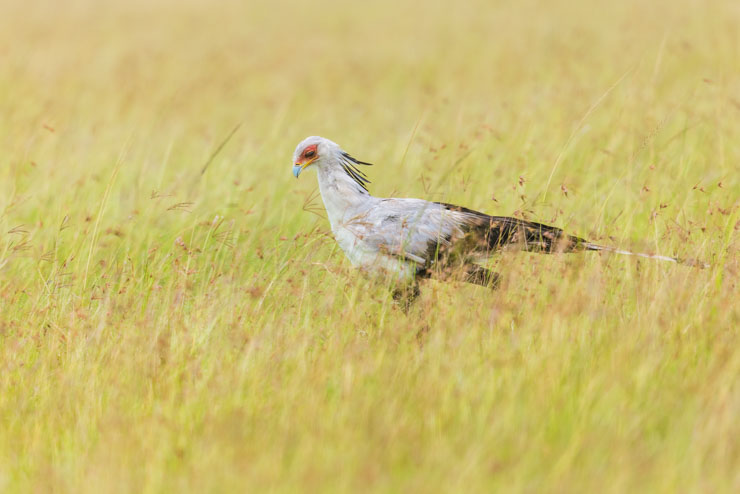
Statistics elude me at this point, but I believe it is a safe statement to make that the majority of visitors to the very famous Masai Mara National Reserve in Kenya are not necessarily interested in birds. Charismatic megafauna abounds throughout the park, and folks would be forgiven for overlooking a sparrow-lark while lions battle buffalo in front an audience consisting of everything from bite-sized dik-diks to elephants.
I, however, can’t help myself. And therefore decided to shine a light on some of the less celebrated inhabitants of this incredible destination. Featured here are some of the birds we encountered over the course of a couple days a few months ago, in alphabetical order.
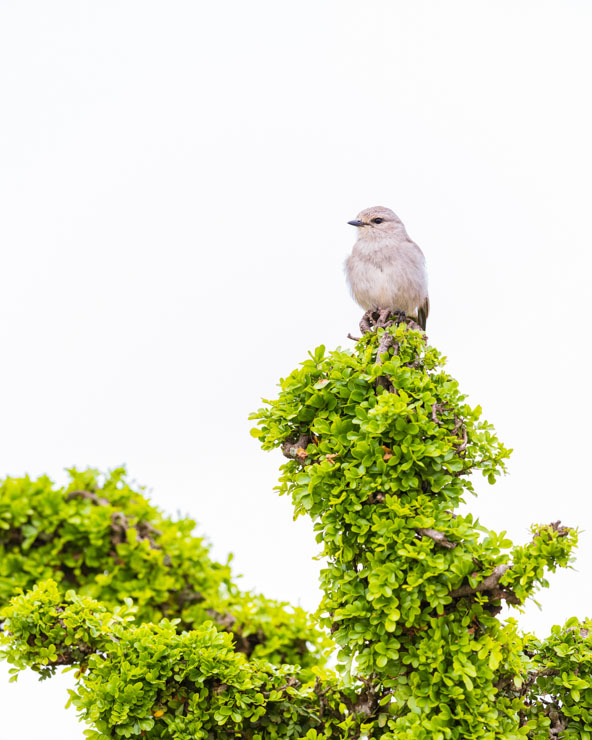
This African Grey Flycatcher almost blended into the clouds.
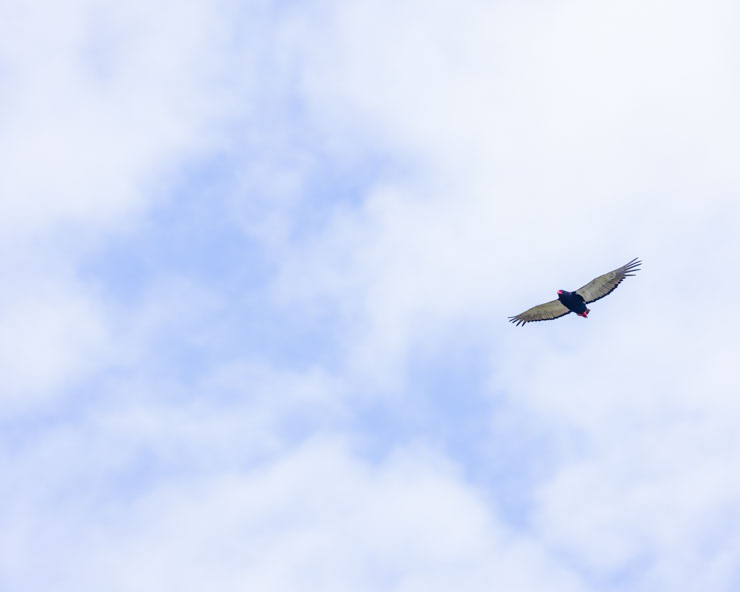
The Bateleur is a bird I dreamt of for many years – a strange and charismatic eagle with a very distinctive silhouette. I managed to set my eyes on a juvenile some years ago on my first safari, but that one seemed to be almost in outer space – a mere speck from my end.
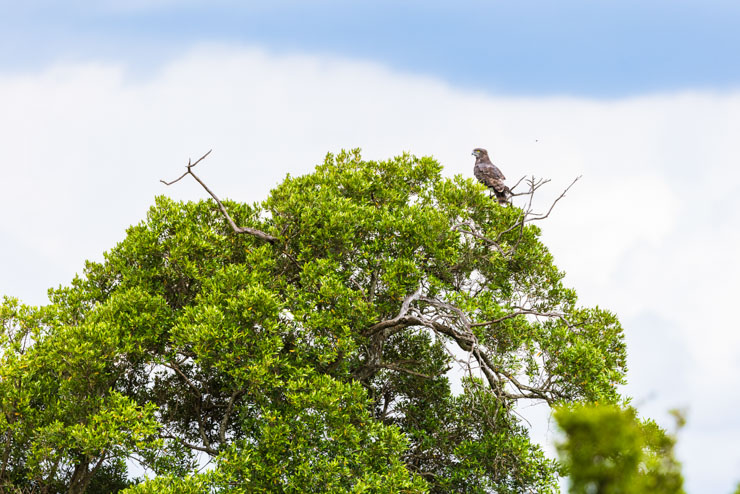
Searing yellow eyes of the Black-chested Snake-Eagle help to build its imposing presence.
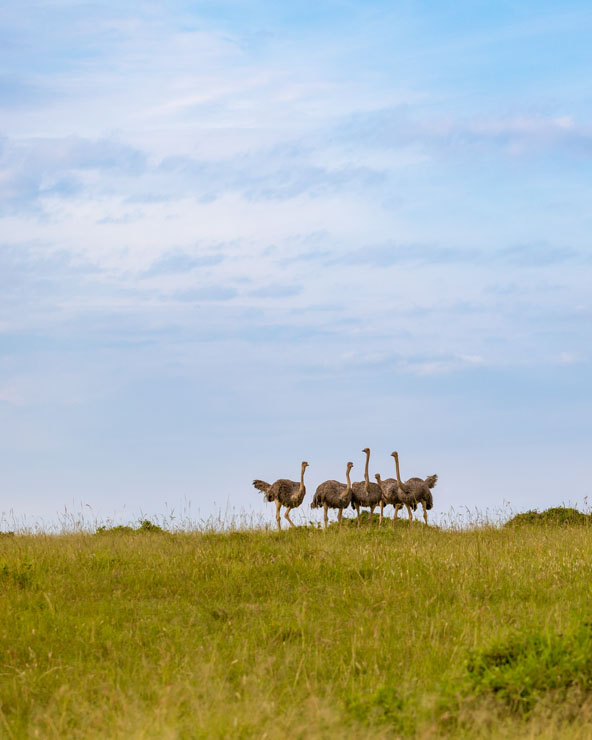
Oftentimes the Common Ostrich seems like too large a bird to be considered a bird.
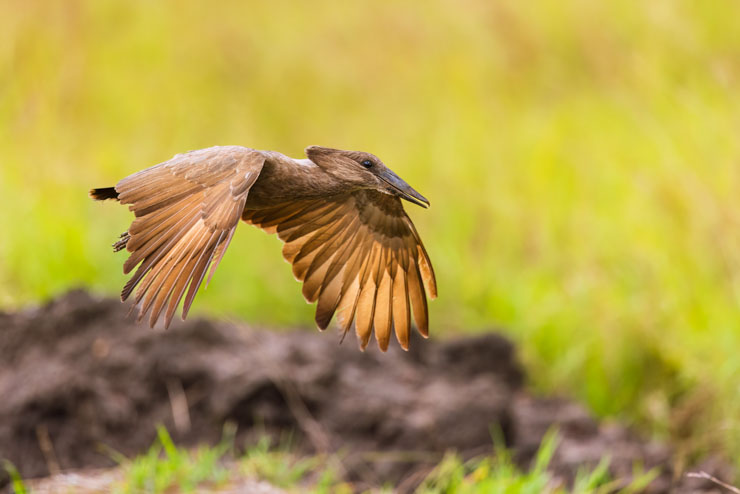
Can’t ever tire of seeing the enigmatic Hamerkop!
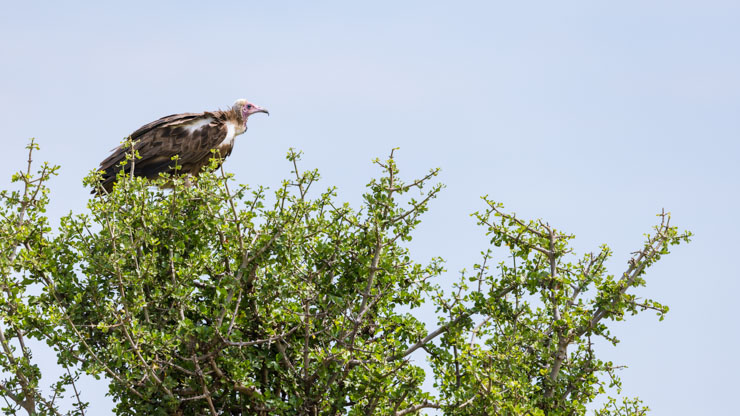
It may lack bright plumage and terrifying talons, but we were exceptionally pleased to get a good view of a Hooded Vulture. They are Critically Endangered and genuinely undeserving of their human-induced fate.
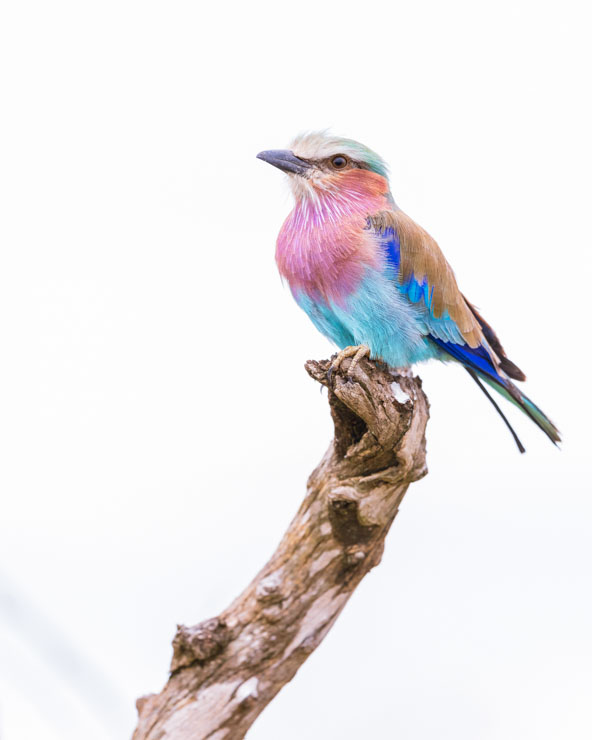
By contrast, a good view of a Lilac-breasted Roller takes everyone’s breath away.
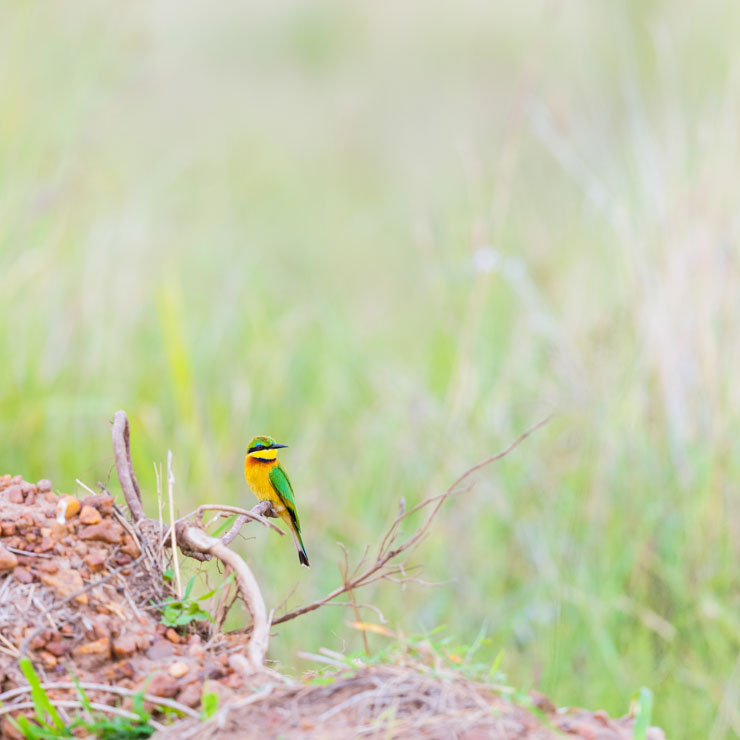
The tiniest of all bee-eaters, the Little Bee-eater is nevertheless big on appearance.
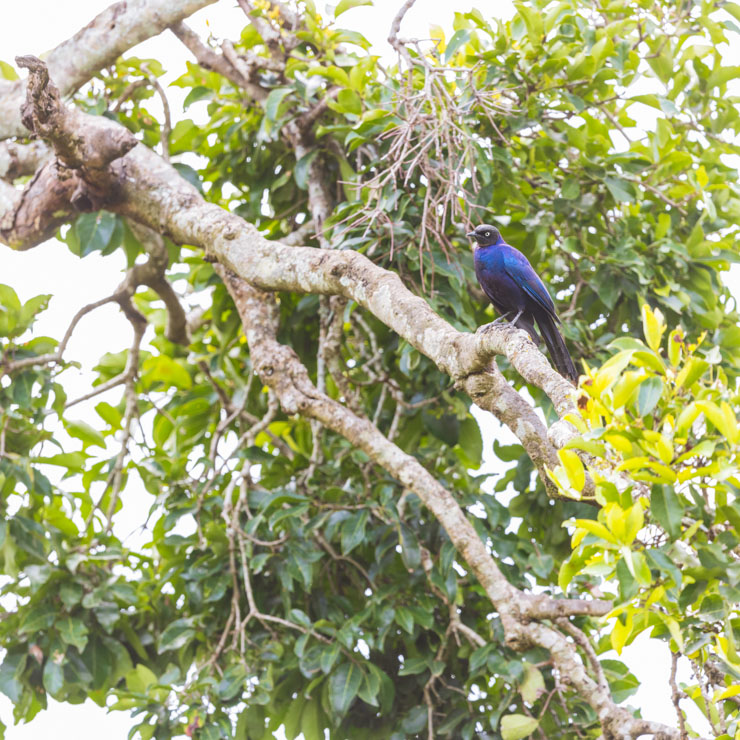
We stopped for lunch under a loose canopy. While guarding our prized boxes from the roving eyes of monkeys and baboons, this Rüppell’s Starling posed nicely in the midday heat. Not the best light to showcase the iridescent beauty of its plumage!

The Velociraptor energy of a Secretarybird on the hunt gets hearts pumping. This species is one of the most requested birds on our trips. Not sure if it’s the eyelashes or the yoga pants.
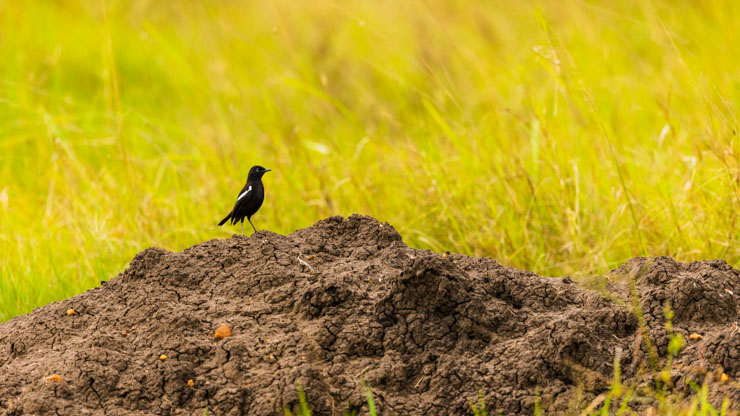
We had views of two species of chats at this particular spot. I only managed a photo of a single Sooty Chat, a new bird for me. The other was a Northern Anteater-Chat, and I can confirm that it was indeed eating ants.
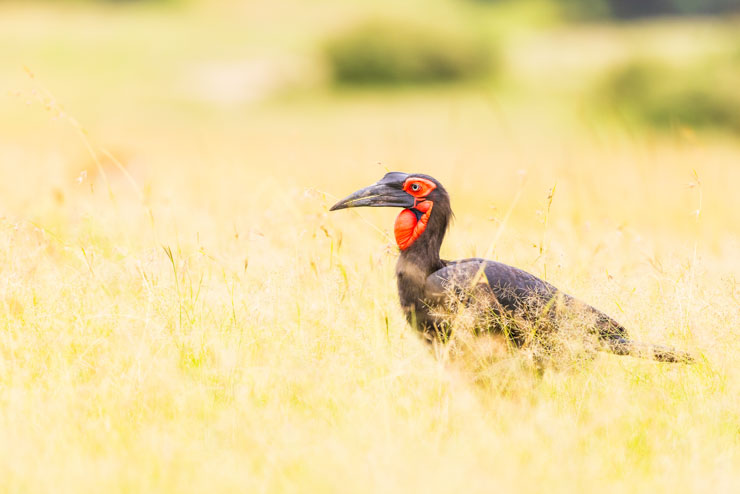
Of all the hornbills, the Southern Ground-Hornbill is of absurd proportions. While it may not be apparent from this image, they are larger than some of the smaller antelopes.
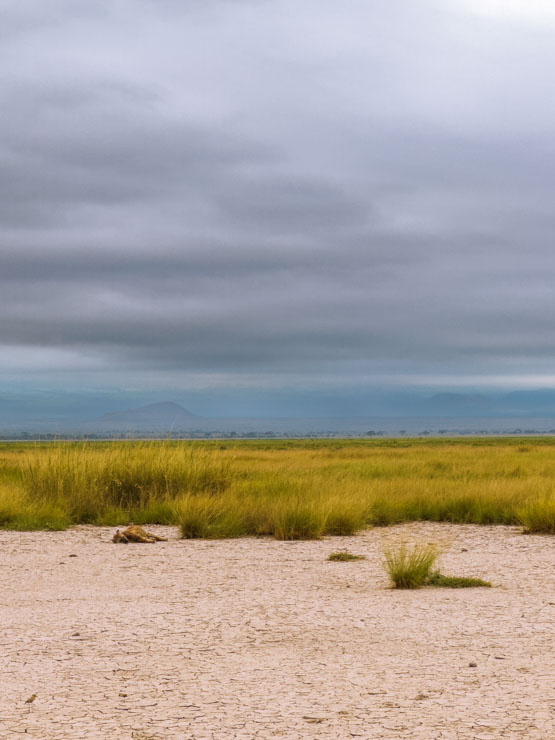
A Kittlitz’s Plover hides in plain sight near to a sleeping Spotted Hyena. Cell phone photo by my wife Joanne.
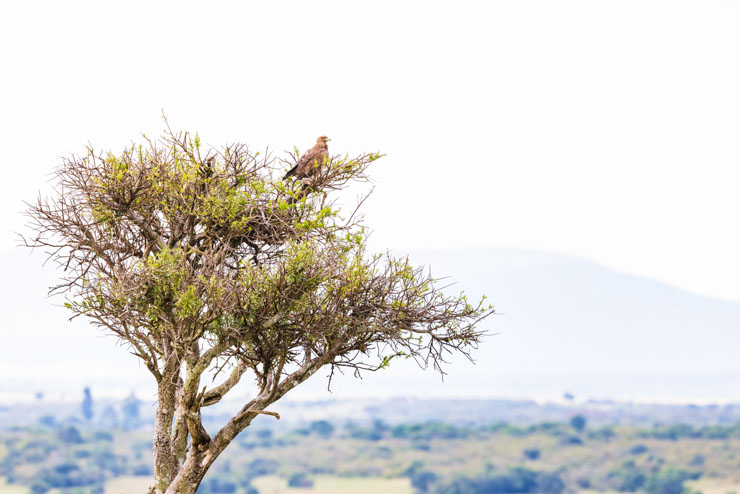
One of the true Aquila eagles, the Tawny Eagle is a relatively consistent sighting throughout the appropriate habitat.
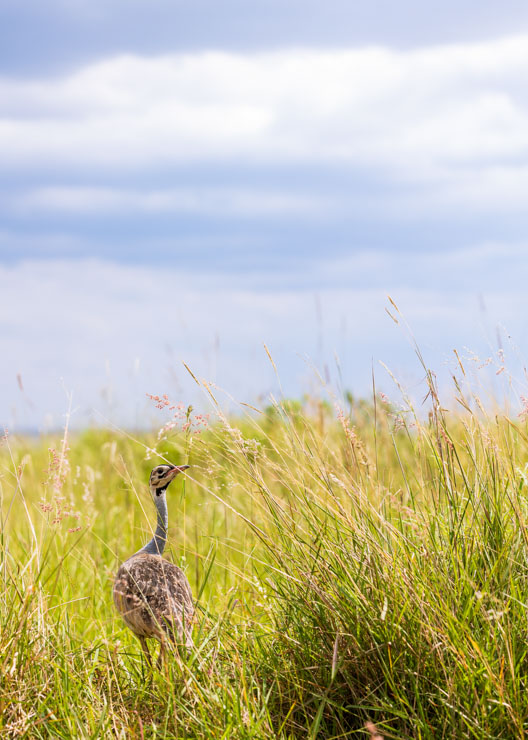
Birds are often much too close to be photographed with a long lens – as evidenced by the photo of the plover – I always take a short lens with me just in case. This White-bellied Bustard only reluctantly left the road and never went further than a few metres off.
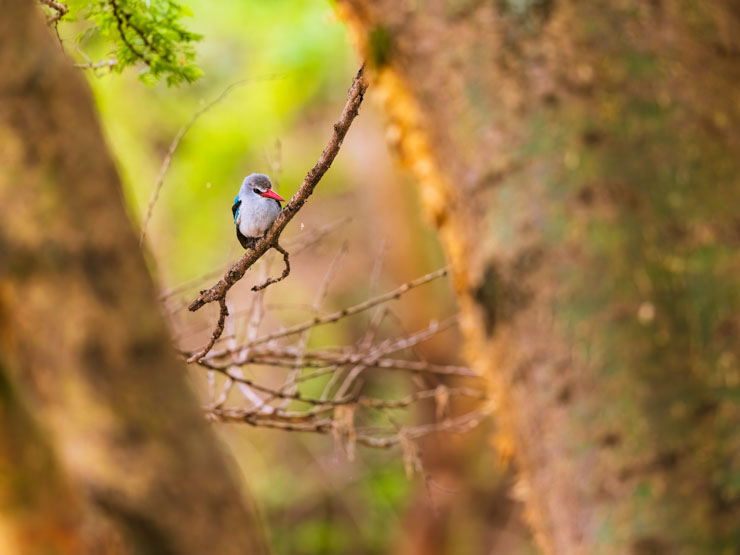
Even though this Woodland Kingfisher was photographed over a river, its dietary preferences point mainly to insects.
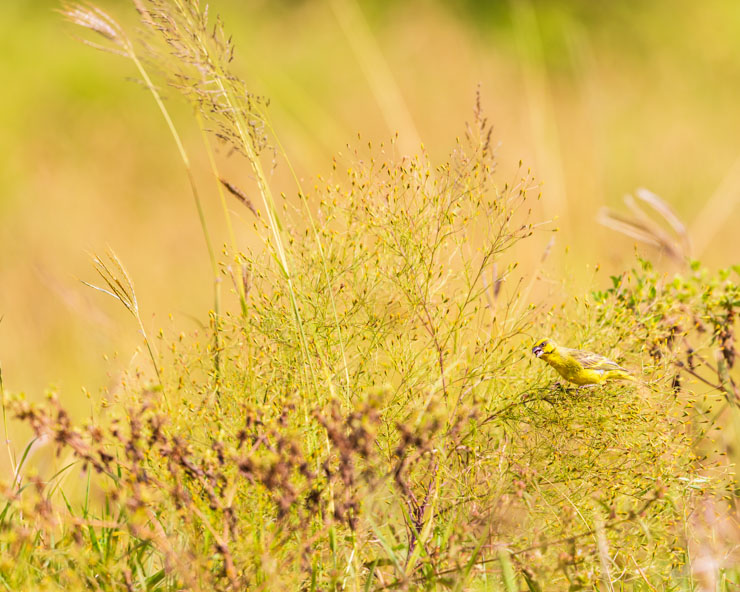
Despite its bright coloration, finding a Yellow-fronted Canary is another story.
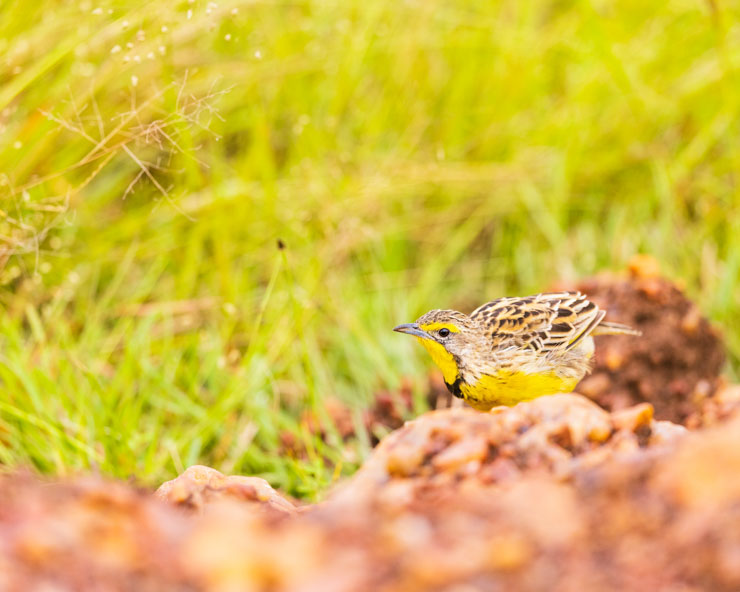
The inspiration behind the description of events in the introductory paragraph to this post, this Yellow-throated Longclaw was seen foraging in a ditch just a few metres away from where a pride of lions had taken down a Cape Buffalo.
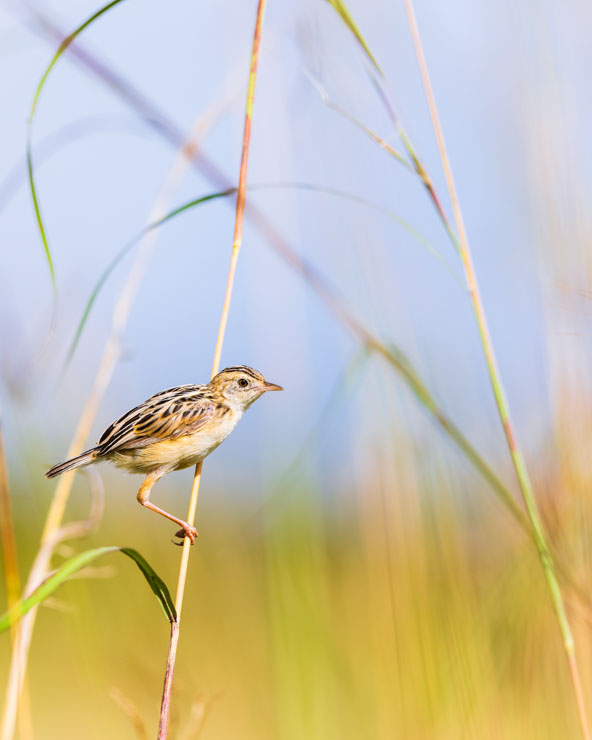
What is safari without a Cisticola? The company that makes all our arrangements there is Cisticola Tours – so it would be remiss of me to not see at least one of these mysterious warbler-like birds. I saw several actually, but few were near enough for me to try to ID. I still required assistance with this one, admittedly: Zitting Cisticola













Cisticola identification is so gratifying. Identifying lions is … boring. I learnt there are hardened safari-ists that prefer to have birders in their vehicle. That way they see more animals. Birders pay more attention and see small mammals, reptiles and such way more often.
I can’t believe I have seen one of your safari birds. Yes, I have seen a Zitting Cisticola, although it was in Spain. Did it zit? I believe it did.
I’ve seen Zitting Cisticola in my travels. I wanted to see the bird, because of its quirky name. What fabulous birds you saw on your trip.
Looks like the talented Mr. Wachira did a great job for you again! 🙂
Having had the thrill of birding the Mara on several occasions, I much enjoyed being reminded of the rewards of finding birds there. It’s a fantastic destination for birds as well as mammals.